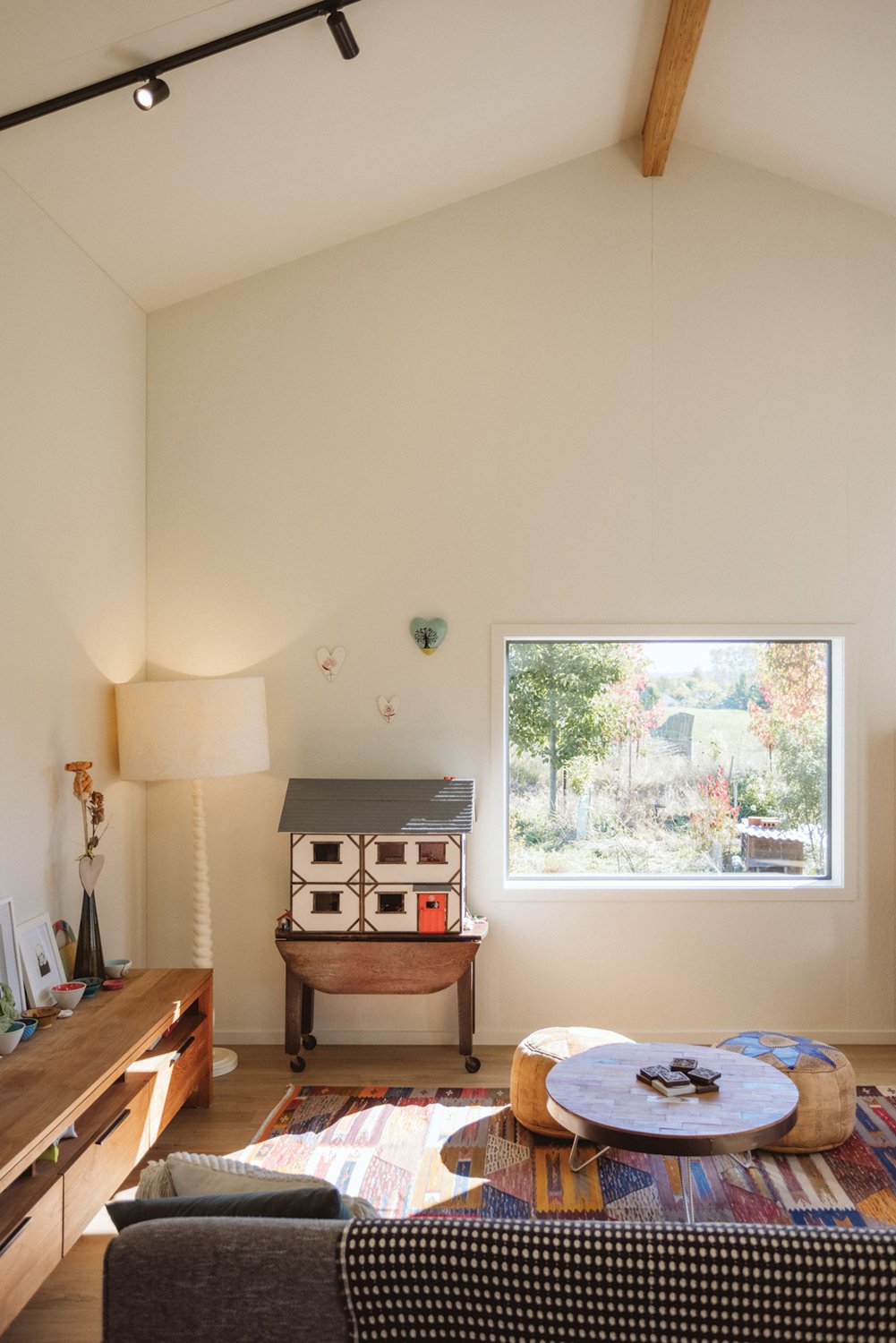Building changes for a healthier New Zealand
Building legislation changes to improve insulation standards are now in force. Damien McGill from the Healthy Home Cooperation explores the H1 Energy Efficiency changes and how they will impact your next project.
In August 2020, The Ministry of Business, Innovation and Employment (MBIE) set out a vision in their Building for Climate Change programme as follows:
By 2035, New Zealand’s new buildings are using as little energy and water as possible. They are warmer, drier and better ventilated, providing a healthier place for us all to work and live.
The wellbeing of New Zealanders has improved; they’re leading healthier lives, and respiratory illnesses from cold and damp houses are uncommon. People also have more money in their pockets due to lower energy bills.
To begin the journey towards this vision, the MBIE has increased the insulation requirements in new homes by updating the acceptable solutions and verification methods. The majority of changes come into force on 1 May 2023.
The H1 Energy Efficiency changes have expanded the number of climate zones for calculating insulation requirements from three to six. This allows the insulation calculations to better reflect the range of different temperatures experienced in each zone.
The insulating elements that make up a home’s thermal envelope are floors, walls, windows and doors, roofs and skylights. Generally, the more highly insulated these elements are, the more comfortable you will be in your home.
Map of New Zealand climate zones
The table below provides the required insulation values for each of these building elements, where installed in the appropriate climate zone, when the Schedule Method is used to demonstrate compliance.
“The headline-grabbing change is a doubling of insulation in roofs and ceilings right across the motu from R3.3 to R6.6. The next biggest change is to windows. The standard condensation-causing aluminium frames that have been around since the 1970s will be gone by November 2023, and not before time,” says Damien.
There has been a slight increase in slab on ground floors, which now require at least some perimeter edge insulation. Damien would recommend upgrading to a fully insulated or high-performing slab to future-proof your home.
Larger increases have occurred for timber floors, as this is easier to achieve, and for heated floors, to ensure the house is heated, not the ground beneath.
While walls haven’t changed much, the R-values are now minimum construction values, so it’s not the R-value on the insulation packet that counts but the installed value, taking into account thermal bridging caused by less insulating materials like timber studs and steel columns.
“The MBIE has stated that these changes will reduce the energy consumption in new homes by 40 per cent. This is a healthy move for people and planet, wha¯nau and whenua, but it’s just the beginning if we are going to achieve MBIE’s vision by 2035,” says Damien.
I understand there are three methods of compliance. Which method should I use?
The Schedule Method is the most prescriptive. Compliance is gained by meeting the minimum requirements of the tables.
The Calculation Method compares the proposed building with the reference building. This method permits roof, wall, floor, window, door and skylight insulation combinations that differ from these tables, but the building must perform at least as well as the reference building.
The Modelling Method is a computer- generated version of the Calculation Method and provides the greatest scope for optimising insulation requirements so that would be my preferred option.
A builder told me I need to increase the roof pitch of my house to comply with these changes. Is that correct?
No. Note 2 below the table above states that insulation may be reduced to R3.3 for a distance of up to 500 millimetres from the outer edge of the ceiling perimeter where space restrictions do not allow full-thickness insulation to be installed. Consider the Modelling Method for better long-term results.
Does reducing the amount of timber in our frames improve the insulation?
Yes. Removing dwangs and nogs will improve the construction R-values and make it quicker to install insulation snugly.
Is it a good idea to have structural steel in my walls and roof?
No. Mild steel is 1250 times more conductive than fibrous insulation, acting as a thermal bridge to let cold condensation in, risking future decay of the timber elements around it.
What else can I do to improve my home's performance?
Ask your designer to specifically consider detailing for airtightness and mechanical ventilation with heat recovery, along with considering the potential for overheating during the summer, to reduce energy costs further and provide a more healthy internal living environment.
For more information about the current changes and how future updates to the Building Code will continue to focus on reducing carbon emissions go to the website below.
027 348 1110 | healthyhome.kiwi










